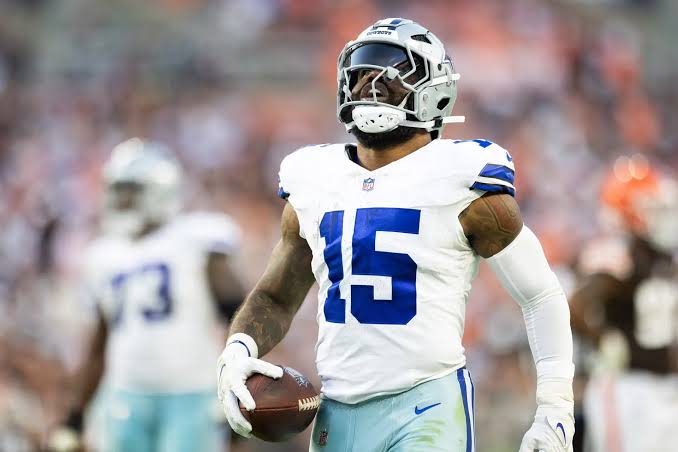The Dallas Cowboys have made a pivotal announcement regarding a major change at the running back position for the rest of the season. Known for their dynamic ground game and historically strong offensive lines, the Cowboys are making this move to bring fresh energy and versatility to their offense. While the team has been competitive in recent weeks, they recognize that adapting their offensive strategy could be key to maintaining momentum as they push towards the playoffs.
The decision marks a strategic shift for the Cowboys, who have previously relied heavily on a primary running back to carry the load. However, with a growing emphasis on versatility and adaptability, the team is now opting for a more dynamic rotation. This new approach is expected to give Dallas the flexibility to adjust their rushing attack based on matchups, keeping defenses guessing and allowing the Cowboys to fully utilize the strengths of multiple backs.
One major reason for the change is likely the desire to preserve player health and avoid overworking any one player. The long NFL season, paired with the physicality of the running back position, puts immense stress on players, leading to wear and tear that can reduce effectiveness late in the season. By implementing a rotation or adjusting the role of their starting running back, the Cowboys hope to reduce injury risks while keeping players fresh and explosive when it matters most. The decision to adjust their approach could ensure that they enter the playoffs with a healthier, well-rested backfield.
The move also aligns with the Cowboys’ strategic goals of creating a more varied offensive scheme. Throughout the season, Dallas has faced a number of highly ranked defenses, and having a flexible running back strategy will allow them to exploit more defensive weaknesses. The Cowboys’ coaches have emphasized the importance of using players based on situational strengths, which means fans may see different backs featured in short-yardage situations, passing plays, or goal-line scenarios.
Additionally, this change could benefit the Cowboys’ passing game. With multiple running backs posing a threat on the ground, opposing defenses will need to account for the possibility of quick substitutions and changing formations, potentially drawing attention away from Dallas’s wide receivers and opening up the field for big plays.
Ultimately, this major adjustment at running back represents the Cowboys’ commitment to versatility and long-term success as they navigate the remainder of the season. By introducing a more adaptable backfield rotation, the Cowboys are putting themselves in a strong position to compete at a high level, balancing the need for explosive plays with a forward-thinking approach to player health and performance.


